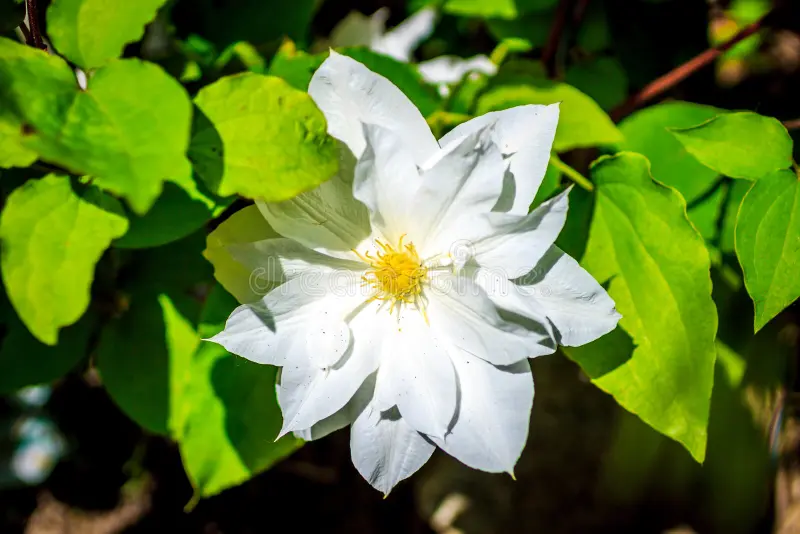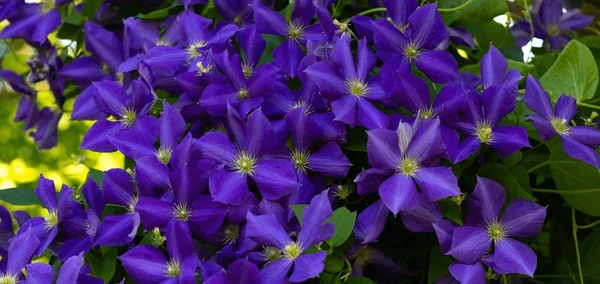Clematis is a stunning vine that can transform any garden space. With its vibrant flowers, it adds charm to fences, trellises, and arbors. However, once the blooms fade, many gardeners wonder about the next steps. Caring for your clematis after flowering is crucial to ensure its health and encourage future blooms.
The Importance of Deadheading
One significant action to take after your clematis blooms is deadheading. This process involves removing spent flowers, allowing the plant to redirect energy toward new growth. When flowers fade, they often remain on the vine and develop seed heads. These seed heads consume energy that could instead support new flowers.
To deadhead, simply use sharp scissors to cut below the faded flower where it meets the stem. This practice promotes a healthier plant and enhances the possibility of receiving more blooms later in the season. 
Post-Bloom Pruning: How a Light Trim Can Help Clematis
After you’ve deadheaded your clematis, it’s an excellent time for a light trim. This practice encourages the vine to grow more robust and return to its healthy shape. Pruning helps stimulate new growth from the base and can lead to a second blooming period, depending on the variety of clematis you have. When trimming, cut back about 8 to 10 inches from the top of each vine, just above a healthy leaf node. This action doesn’t require cutting the entire plant back—leaving enough foliage is essential for sustaining growth. 
Fertilizing Clematis After It Blooms
After deadheading and pruning, your clematis will benefit from fertilization. Nutrients are crucial for helping the plant bounce back from the energy-used flower production. A fertilizer balanced with more phosphorus and potassium than nitrogen works best. A ratio of around 5-10-10 is ideal, as it promotes strong buds and stems. To apply, scatter granular fertilizer around the root zone and water it in well. Alternatively, if you choose liquid fertilizer, dilute it according to the instructions and apply it to the base of the plant.

Regular Watering: The Key To A Second Bloom
Water is another essential element for a thriving clematis. These vines require about one inch of moisture weekly, either from rainfall or watering. If the plant dries out, it could lead to wilting or dropping leaves, halting growth altogether. During the summer, ensure consistent watering, allowing moisture to penetrate deeply into the roots. Implementing a layer of mulch around the base helps retain soil moisture and keeps roots cool during hot days.
Encouraging a Second Bloom
Many clematis varieties will bloom again later in the summer or early fall if properly cared for. Watch for new buds after trimming, and maintain your watering routine. If you start seeing new growth, consider providing a small dose of fertilizer for additional support. Even if your clematis doesn’t flower again this season, the post-bloom care will enhance its health for next year’s bloom cycle.

Final Thoughts
Caring for your clematis after it blooms is vital for its continued beauty and health. By deadheading, pruning, fertilizing, and watering, you help your clematis thrive. Following these steps not only promotes blooming but also creates a vibrant, lush garden space that can be enjoyed for years.

FAQ
1. How often should I deadhead my clematis?
You should deadhead your clematis regularly as flowers begin to fade for optimal growth.
2. What fertilizer is best for clematis?
A fertilizer with a higher ratio of phosphorus and potassium, like 5-10-10, is ideal.
3. Can I water my clematis too much?
Yes, overwatering can lead to root rot. Ensure the soil is moist but not soggy.
4. Should I prune all clematis varieties the same way?
No, different clematis types have varied pruning needs. Research your specific variety for the best results.

